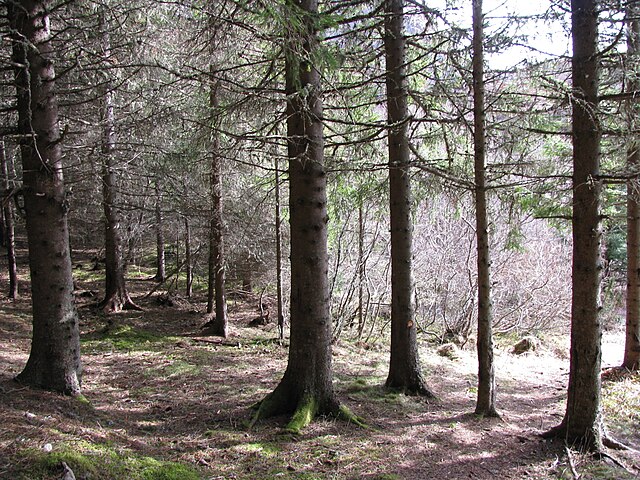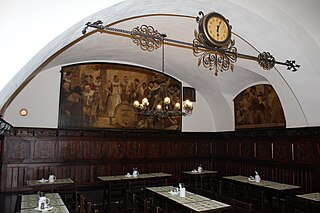It's all so simple. There's now too little energy to sustain growth. This means the end of investments. Soon you will have to pay banks for having money on your bank account. People will get lower wages. There will not be enough financial support to continue mining of energy and metals. Bottleneck technologies with low profit rates will go out of the system, making domino effects of falling technologies, as it's all interwoven. We are too many people to survive with solar energy from plants alone, and we will start killing each other. The woods will be cut down, and so on.
This is happening now. This is the end-game. And it's all so simple to understand.
Here's a comment from Gail Tverberg:
I will try to explain that in another post.
Basically, we are always behind in the process, so debt is absolutely essential to the system. Accumulation of metal products and other goods that represent real value is incredibly slow, if all an economy has to work with is charcoal made from burning trees. It is difficult to make more than a few metal tools using charcoal from trees, without causing deforestation. Farmers find it difficult working with wooden plows. Most of the population must work at growing and processing food, when tools are this limited. Heat energy is particularly needed, and supplies of this from wood are very low. Wind and water power don’t provide them either–they provide mechanical energy. Solar from the sun is too diffuse.
In order to set up a system that will create goods or get an accumulation of wealth, in the form of goods that can be used for making products or generating electricity, we need a combination of energy products from the ground plus other resources that can be used with the energy products, like ores to produce steel. These can be used to make things such as modern hydroelectric plants, factories, and even nuclear power plants, wind turbines, and solar PV.
In order to afford all of these resources, the only approach is debt. This debt is at many levels–for the ultimate consumer of the product to be able to afford the new car or house; for the businesses in the supply chain to be able to put their businesses together and operate them; and for the company extracting the ore to extract the oil. There may also be a need for government borrowing to afford to put in roads, to facilitate the whole operation. Of course, as new workers are added to these businesses, they will take the income they gain, and use it as a basis for new debts as well, such as mortgages on houses. (Making new renewables, such as solar VP, is even worse than fossil fuels for requiring a lot of debt.)
As long as the gains the economy is getting from economic growth are great enough to service all of this debt, the economy is in reasonable shape. The problem is that diminishing returns sets in, in many ways–not just in the extraction of oil, but also in the extraction of minerals, and in obtaining fresh water (among other things). True economic growth starts falling, and it becomes harder and harder to service the debts. More and more of the money goes to the “rentiers” as interest. Businesses take a bigger share of the total. Governments find more calls for their services, and take more of the total. Wages for the folks who will ultimately be consumers of the products fall. Governments try to cover up the problem of inadequate wages in whatever ways they can–particularly low interest rates and more debt.
At some point, the whole system of economic growth allowing the repayment of debt with interest stops working. Instead of being a virtuous circle, of more debt allowing more economic growth, it becomes a vicious circle. An investment of $1.00 pays back less than $1.00, say $0.98. If someone were planning the process, we would call it a Ponzi Scheme. More and more investment is done, but because of diminishing returns, it is not even possible to earn back the amount invested. Banks start charging for holding your money. Eventually the financial system collapse. I expect defaults on derivatives and other financial products will play a role in this.
There is also the issue of intergenerational debt. This is not really an issue, if as soon as grandma and grandpa stop being able to contribute enough to the economy to pay for their own well-being, they are simply left behind, the way the hunter-gatherers abandoned those who were unable to keep up with the group. If the elderly are promised retirement income and health care, this sets up a form of debt that the younger generation must pay to the older generation. To some extent, this shows up in savings for pensions. These “savings” are really mostly debt-based, though. Otherwise, this debt is funded on a pay as you go basis, so as you say, it doesn’t have the interest “problem” of other debt. But it is still a major problem, when the economy shrinks.
If you still didn't get it, see Michaux's lecture above.








.jpg)













